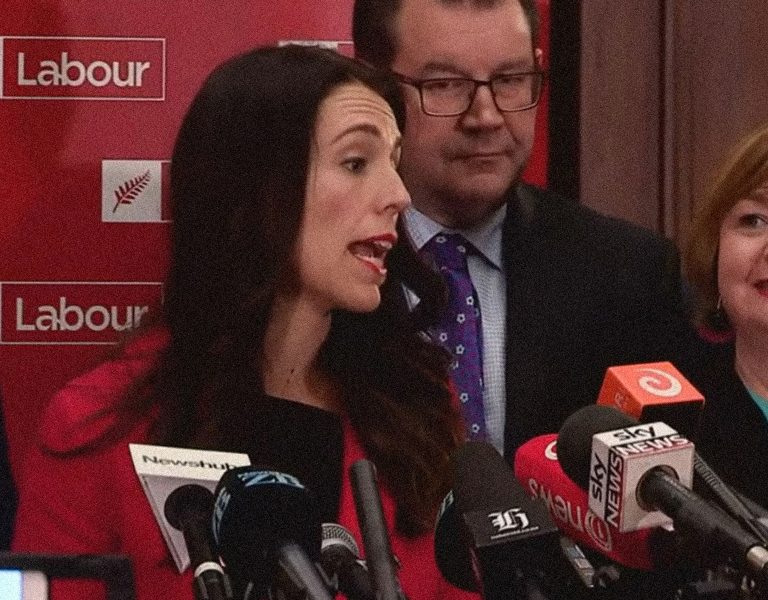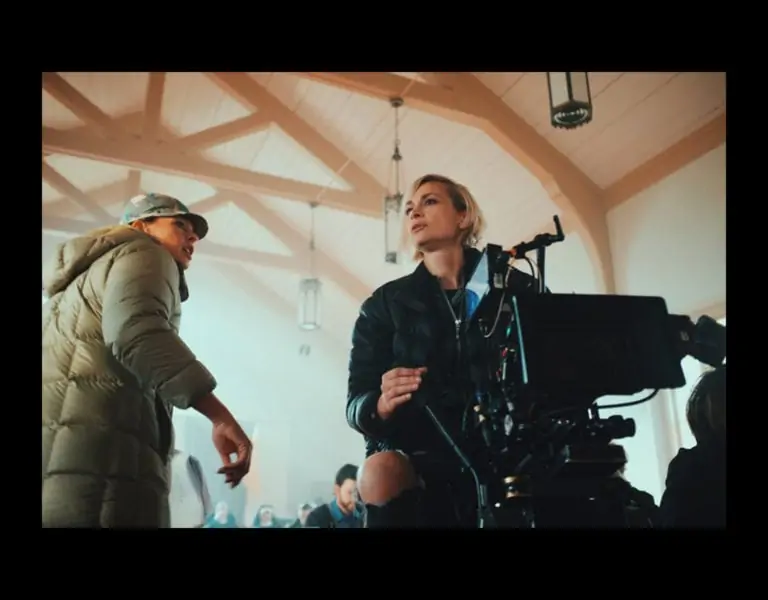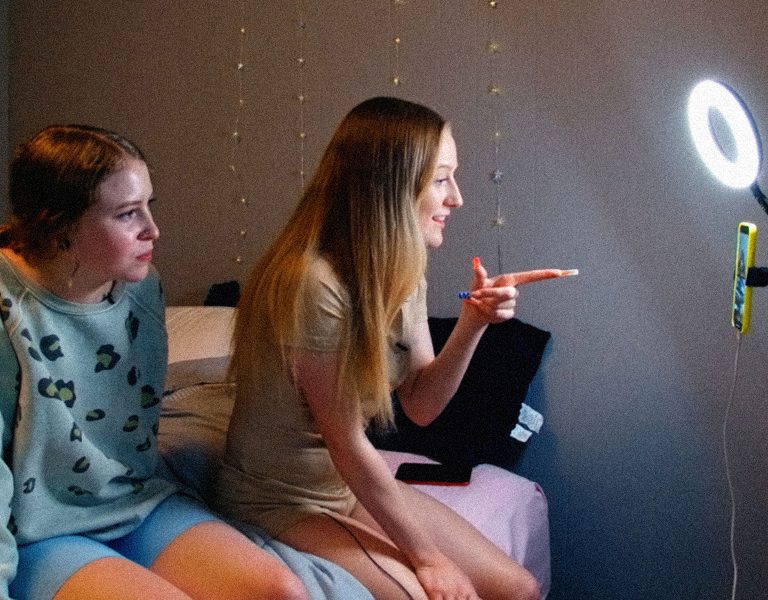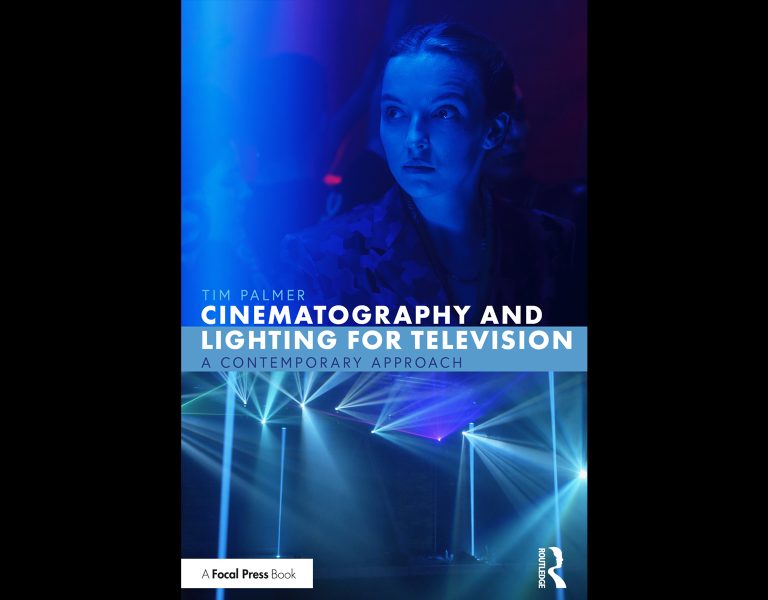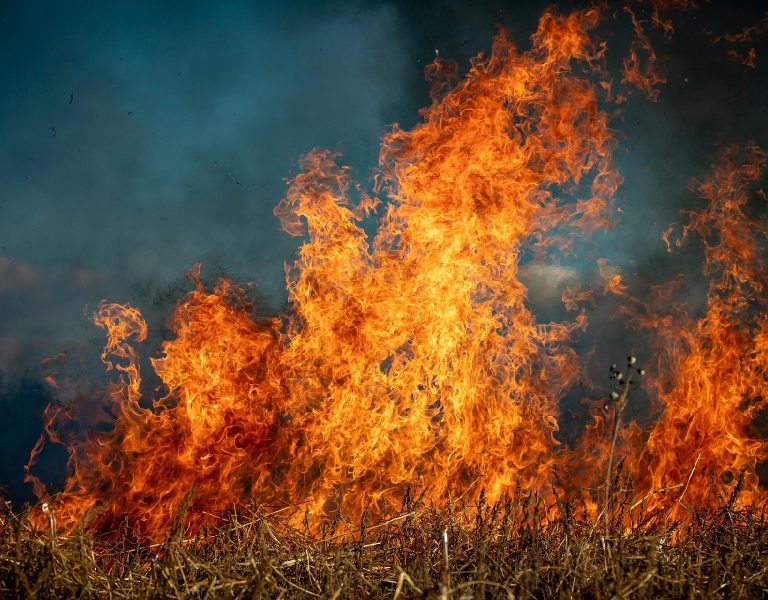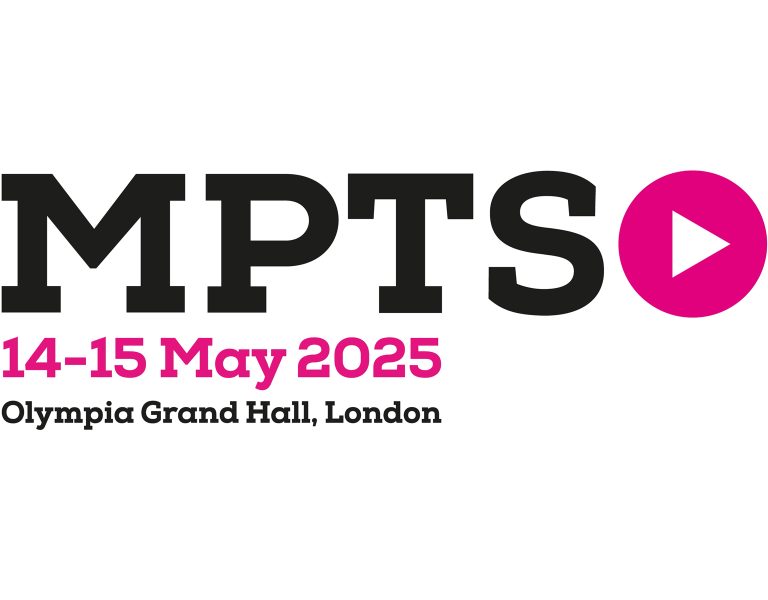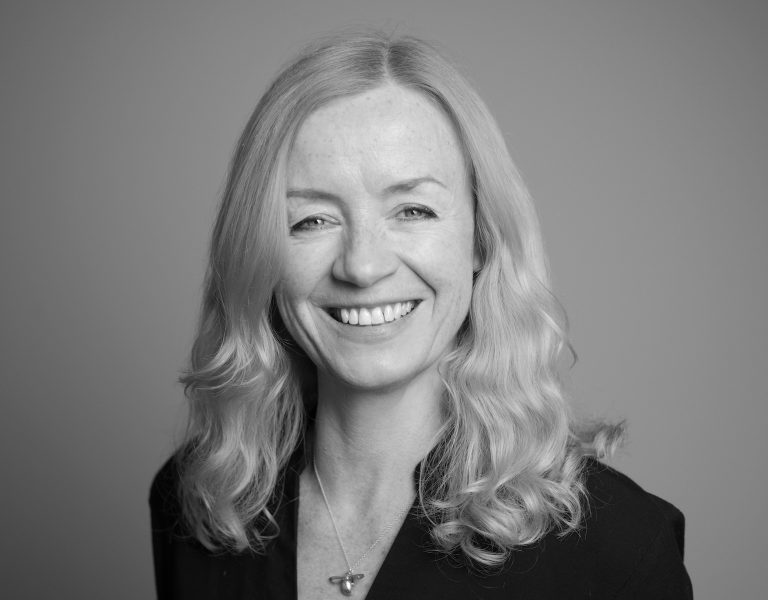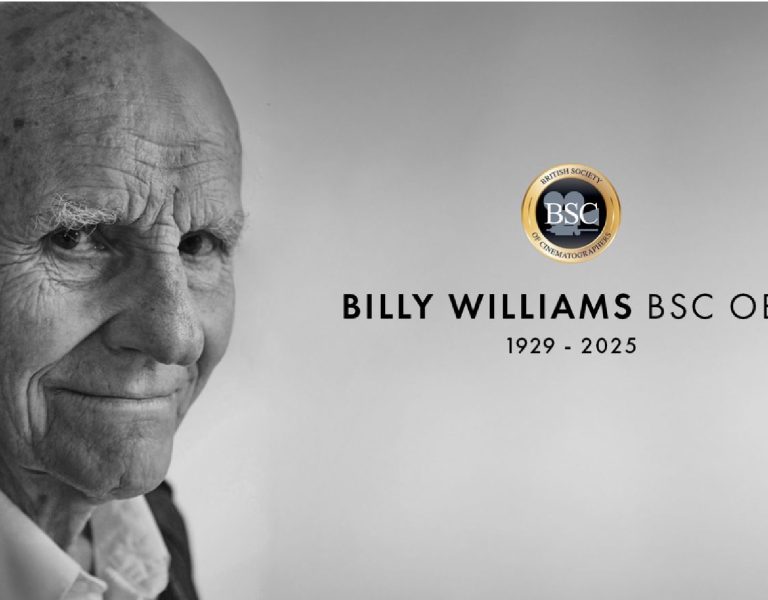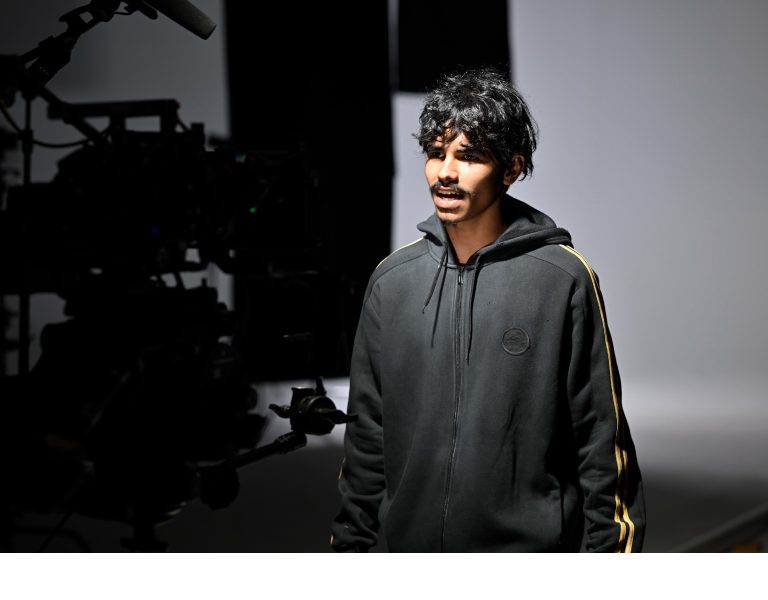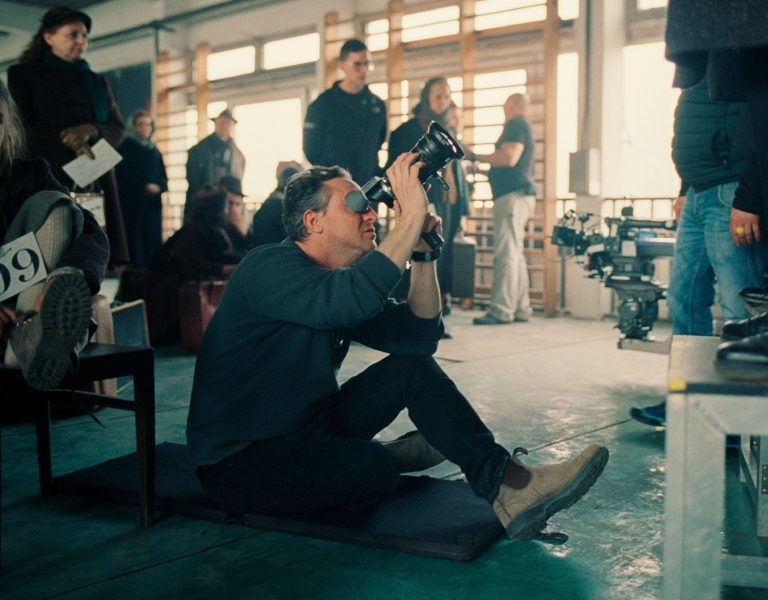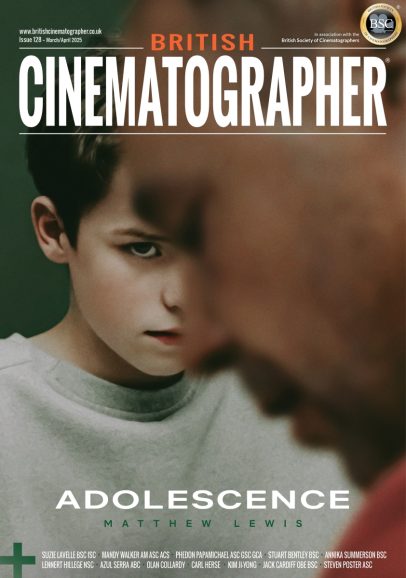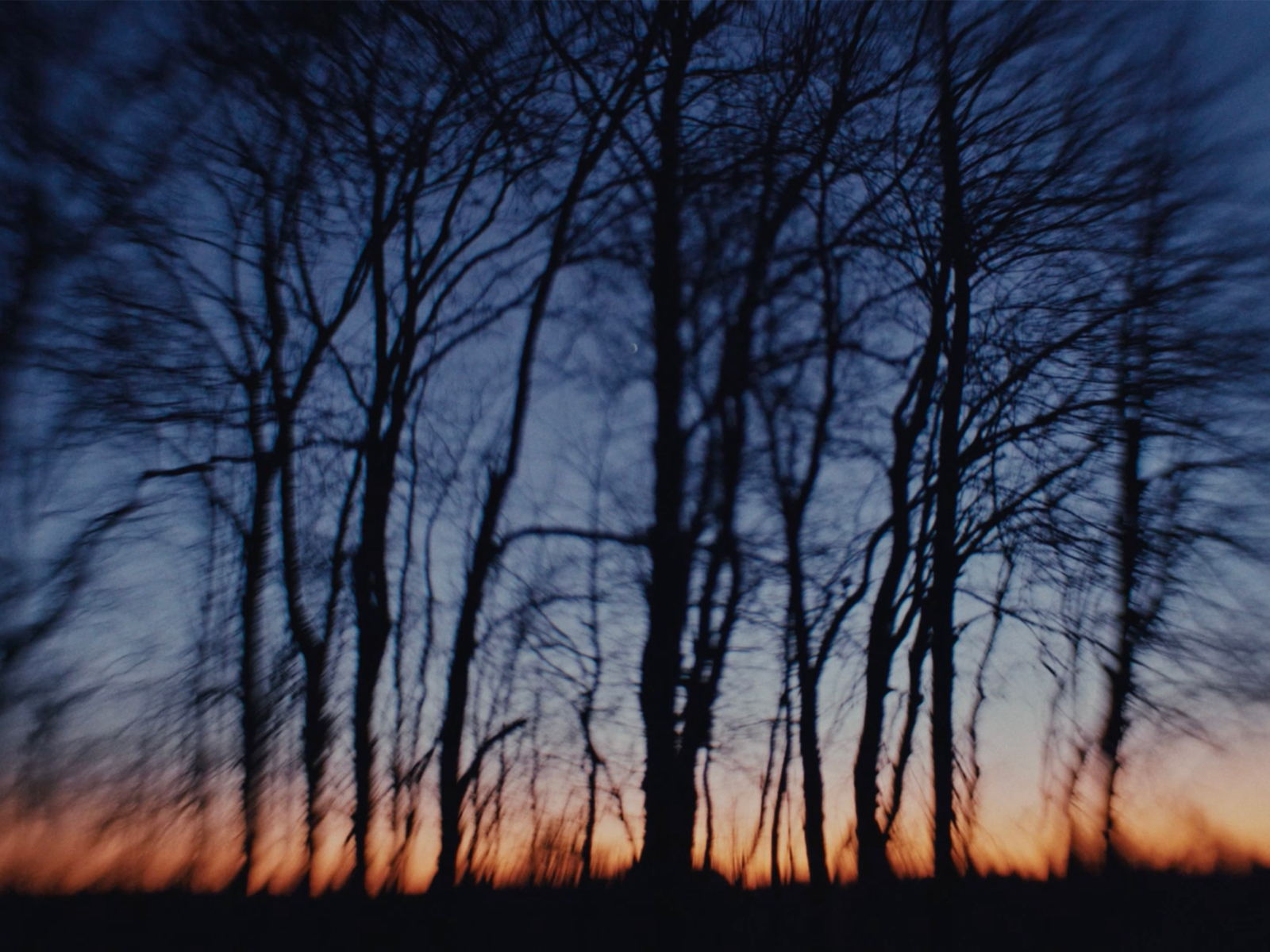
American DP Carissa Dorson wrote in about her experience shooting the feature, Things Will Be Different. The sci-fi thriller premiered at SXSW 2024 and was acquired by Magnolia’s genre label, Magnet. After its theatrical premiere in October, the film is now streaming on Hulu.
Things Will Be Different follows estranged siblings Joseph and Sidney who, after a robbery, escape to an abandoned farmhouse and find themselves trapped in a metaphysical force that distorts time and reality. Their entrapment forces them to confront their fractured relationship and the nature of their own existence.
“Writer/Director Michael Felker and I met at Florida State University, and we’ve been friends for over 15 years. I admired his storytelling ever since film school, and I shot his sci-fi short, Would You Like to Try Again? back in 2018. In September of 2022, he sent me his script and tonal lookbook for Things Will Be Different. He described it as a sci-fi neo-noir, paying homage to genre films that he and his dad used to watch when he was growing up. While it contained supernatural elements, the story’s core focused on a sibling relationship, which deeply resonated with me. Production was to begin soon after that, in early 2023. We filmed on a beautiful farm in Fremont, Indiana, in both the winter and summer of that year.

CRAFTING THE VISUAL STYLE
Felker’s initial lookbook was a great jumping off point for my imagination. Two of his visual references that I loved were Looper and The Assassination of Jesse James by the Coward Robert Ford. We both found ourselves continuing to reference the work of Roger Deakins, from Jesse James, to Sicario, to Prisoners – we loved his use of contrast and honest lighting, unafraid of letting characters fall dark against their backgrounds. I also pulled from my love of fine art photography. Todd Hido, one of my favorite photographers, has a series of winter exteriors shot through a rainy car window. The distortion from the rain-speckled window makes the images feel like melancholy memories. That tone is something I emulated heavily as we oscillated between clarity and obscurity in the film.
I arrived at the farm a week before filming would start, so our prep process was very active and, out of necessity, quick. Michael pantomimed just about every scene at the location while I shot storyboards using Artemis on my phone. During that process, we came up with a lot of ideas together that neither of us would have thought of alone. If the coverage was ever feeling too traditional, we challenged each other to move the camera away from eye-level. Felker would often say, “That looks good, but what if we put the camera on the ground?” Switching up the perspective helped add to the ongoing tension in the movie as Joseph and Sidney are being “watched” by a mysterious entity. We also decided that when the siblings’ sense of safety was threatened, I would go handheld with the camera.
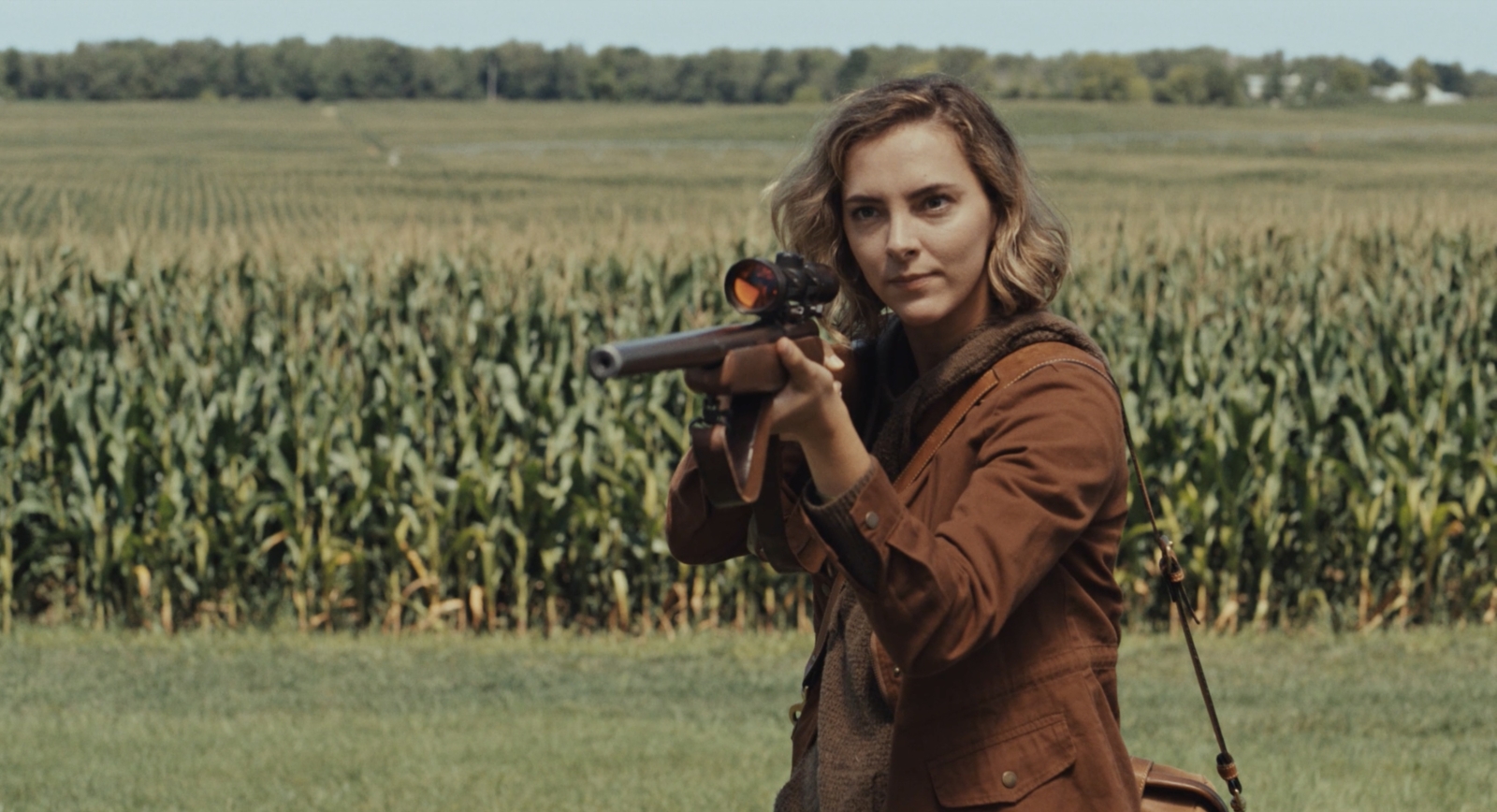
CHOOSING THE RIGHT GEAR
I chose to shoot on the Red Komodo because its small build allowed me and my camera team to move quickly, while creating impressive 16-bit raw images. A good portion of the movie is handheld, and I was able to keep the Komodo on my shoulder for long stretches and carry it between setups. We tested a wide variety of prime lenses during prep, and landed on Zeiss Super Speeds. We liked that they are sharp unless wide open, and the bokeh has a distinct character that isn’t too clinical. I shot at a deeper stop for the earlier scenes in the movie, and started to go more shallow as Joseph and Sidney found themselves more and more trapped by the house and the mysterious forces within.
I also brought a Lumix BS1H for some important supplemental shots. To achieve the distortion and selective focus that added mystery to our establishing shots, I purchased a Lensbaby Sweet 35 to pair with the BS1H. It provided the exact tilt-shift style quality I wanted, and I hiked around with it to shoot exteriors on our off-days. The BS1H paired with my Lensbaby Sweet 35 lens also became our “memory” setup. The script contains moments where the characters look directly into the lens while they’re recounting a memory. The lensbaby added a surreal portrait effect that isolated their faces in these moments.
EVOKING EMOTION THROUGH COLOR
The beginning of the movie feels warm and crisp, in the midst of summer. Then, the farmhouse transports Joseph and Sidney into a cold winter. However, I suggested that the color temperature reflect how they’re feeling, rather than the temperature outside. When they first reach winter and believe they are safe, Joe and Sid enter into what we call the “fortnight montage,” which is warm and glowy. I adjusted the color temperature in-camera, and used a +1 Glimmer Glass filter. Later, when they begin to feel trapped, the look becomes colder and bleaker than ever.
Prior to the shoot, my colorist, Taylor Black, at Apache, came up with a shooting LUT for both the summer and winter. When I showed him my visual references, he suggested a 250D film emulation LUT. It had a lot of contrast and leaned heavily toward blue, especially in the shadows. I was so glad we were viewing it on set. It instantly created a tone that the whole crew could see and believe.
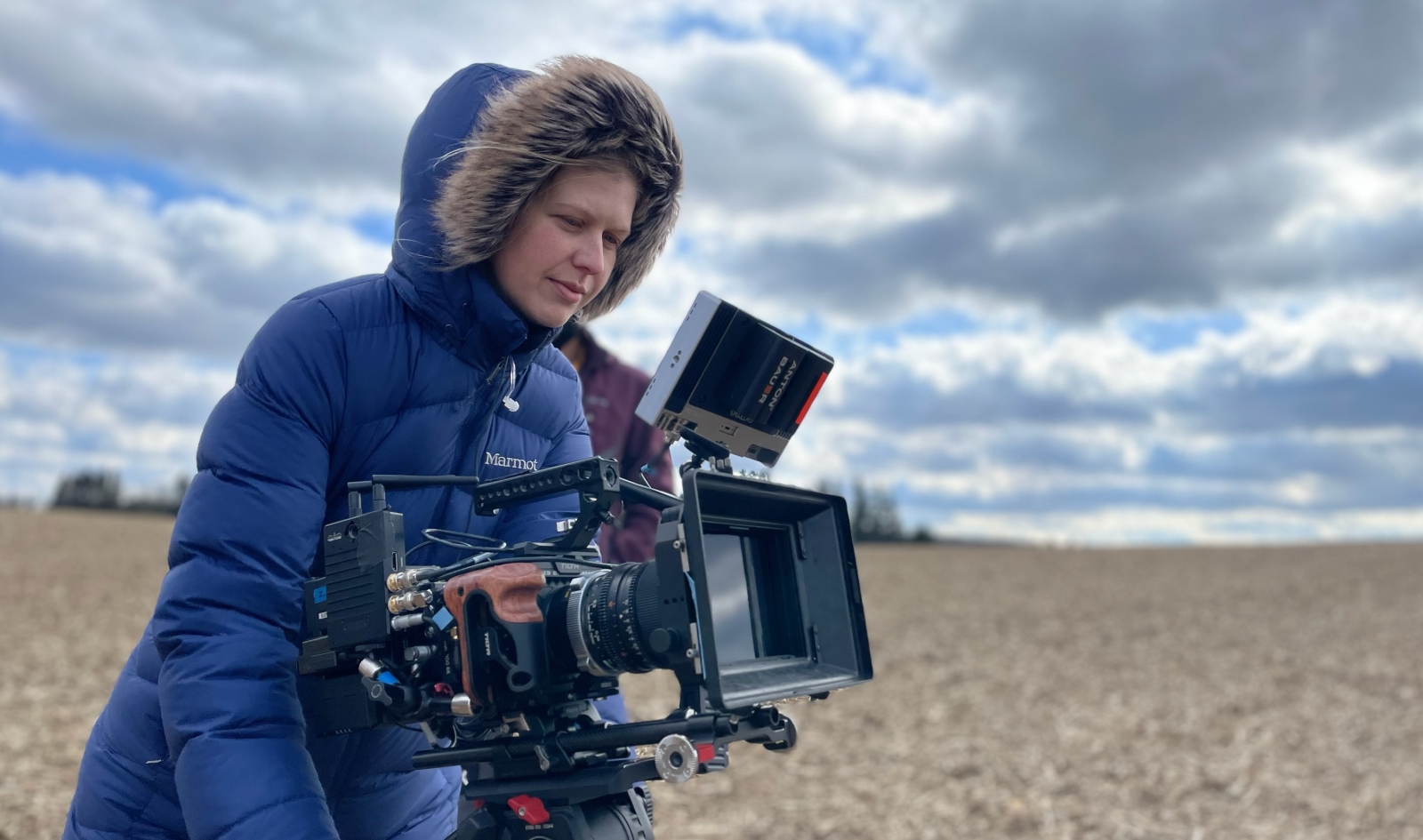
EMBRACING SHADOWS
When I scouted the farmhouse with my two-person G&E team, gaffer Zachary Clark and key grip Connor Hawkins, we noted the many large windows and fairly open floor plan. This meant we would need a lot of negative fill to add contrast. I wanted the windows to be the brightest part of the frame, with the interiors falling to shadows. Connor used 4×4’ floppies to block out any windows that weren’t seen. I set the exposure so that the windows were quite bright but not completely blown out, and our key light was usually an Aputure 1200D coming through a side window. A Litemat 4 and 2L were often set inside to wrap the light. We used haze in almost every interior scene.
NAVIGATING EXTREME WEATHER
For our exteriors, we followed what the weather was giving us and scheduled accordingly, only using a 4×4’ bounce or opal frame occasionally. Because Felker and I planned every single shot beforehand, we were able to switch entire days around in the schedule at the last minute when necessary. During our summer shoot, we luckily shifted our exteriors a day earlier because we saw rain in the forecast. We needed those scenes to be sunny in order to juxtapose against the winter scenes. We experienced just about every kind of weather on location in Indiana, and the most exciting was an ice storm that caused us to lose power for three days! Trees were splitting down the middle and branches were falling everywhere from the sheer weight of ice. We took a day off to make sure everyone got back to their hotels and were safe from the storm, and then we rented the last generator in town to keep shooting. It was a logistical nightmare, but it happened to coincide with us shooting a climactic part of the movie – the confrontation with an unknown visitor. The images captured during the storm were visceral and real. In pre-production, we had imagined filming in white powdery snow, but what we got was so much more unique.

BUILDING TENSION WITHIN THE FRAME
In one of my favorite scenes, Sidney runs halfway across a frozen cornfield and is forced to stop by an invisible border. There are many different ways the scene could have been covered, but Felker and I decided to do it in one extreme wide shot, intercut with flashes of extreme closeups as she struggles. The impact is very jarring and effective, so I’m glad we shot it that way, both for the artistry and being able to make our day! Watching a scene play out in one extreme wide can be so much more compelling than coverage. The clouds were rolling across frame in that wide shot, which was stunning to witness on set.
